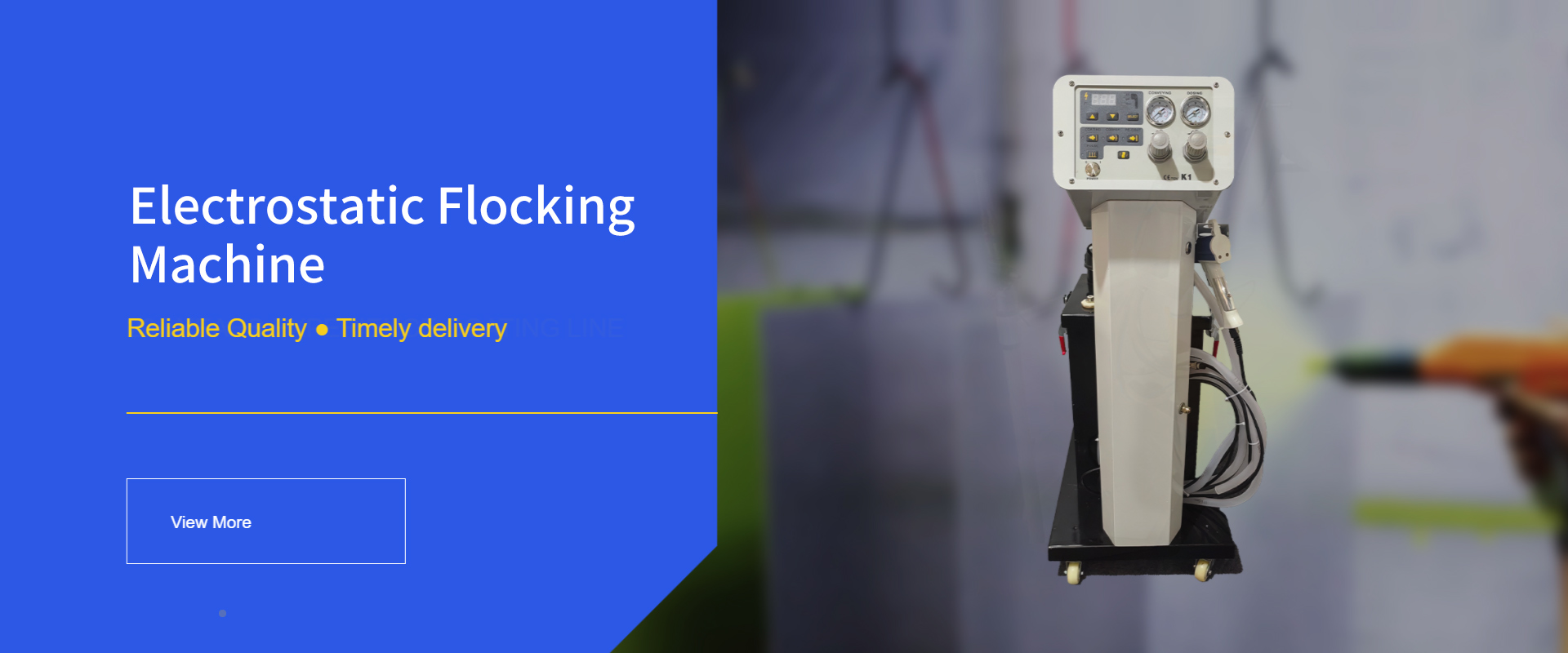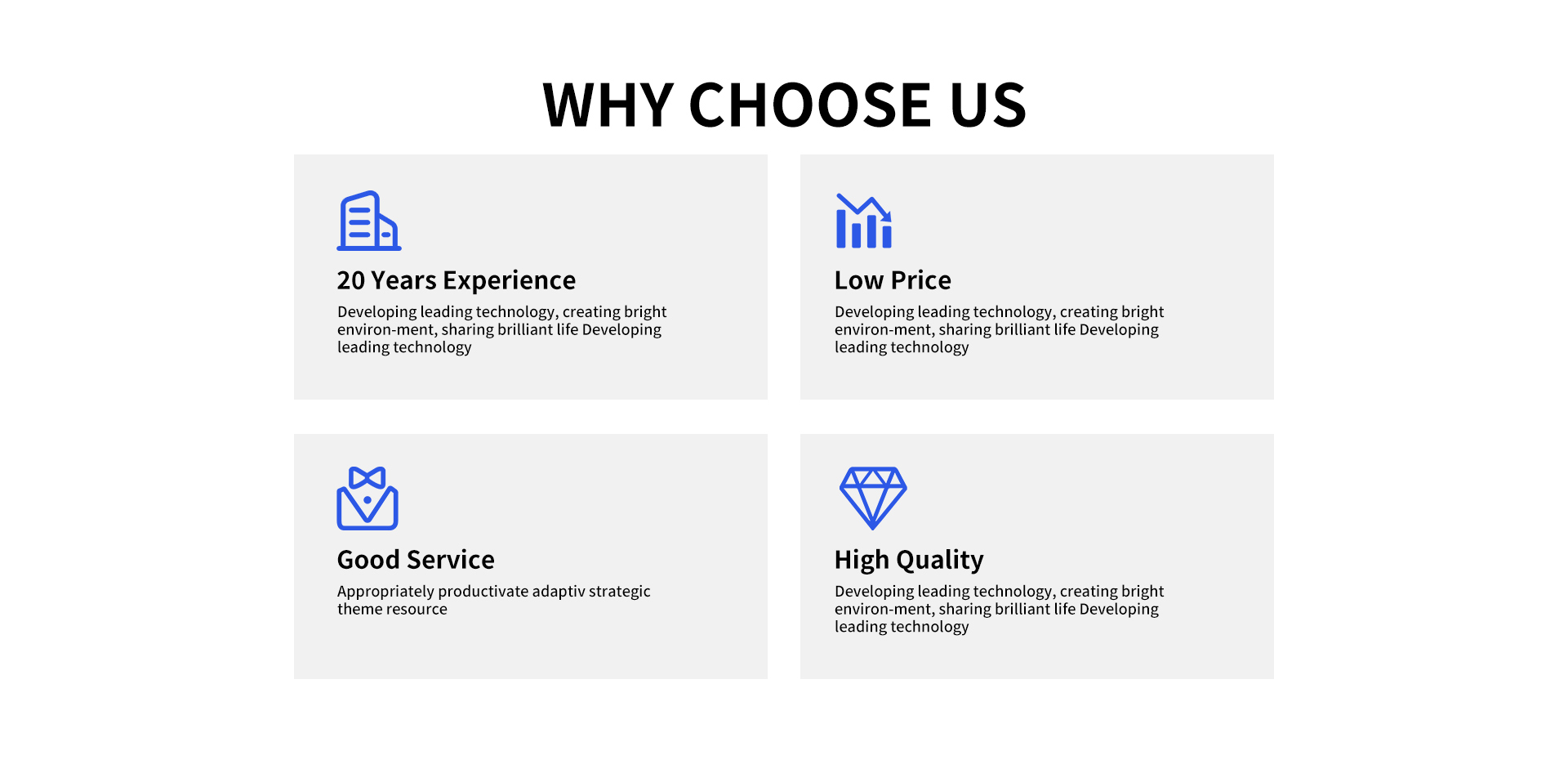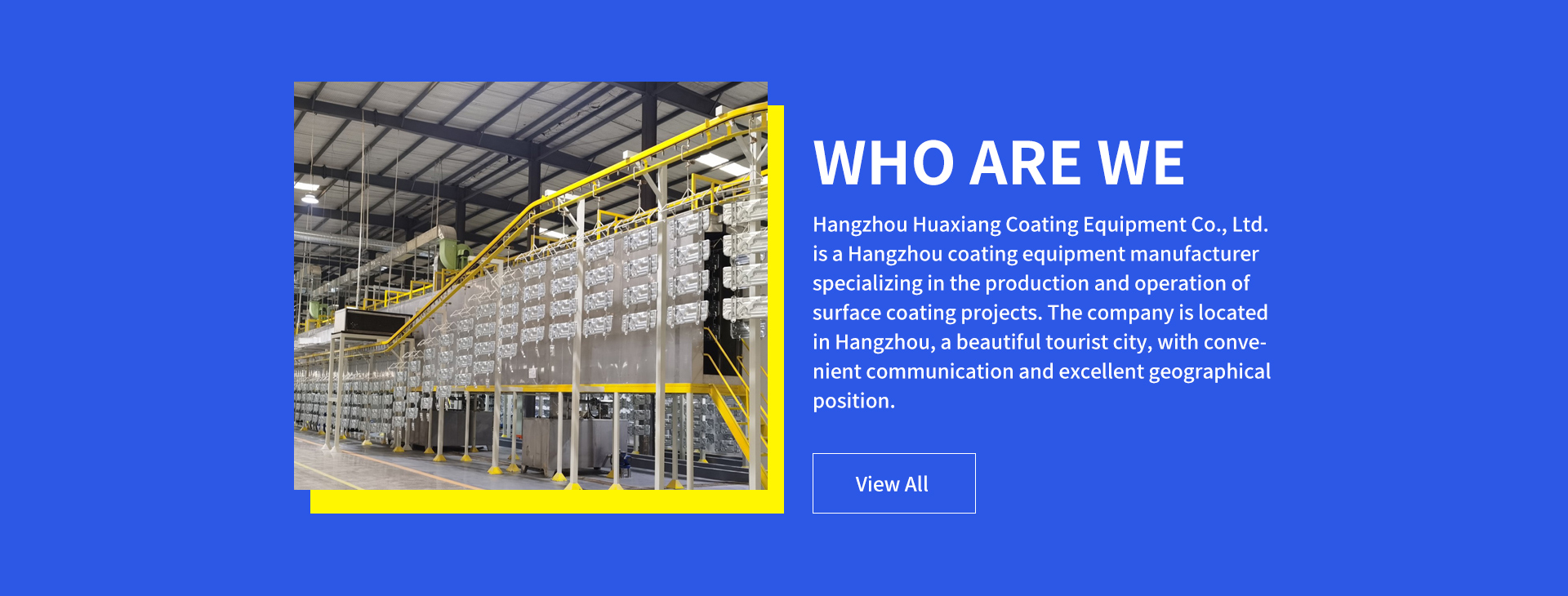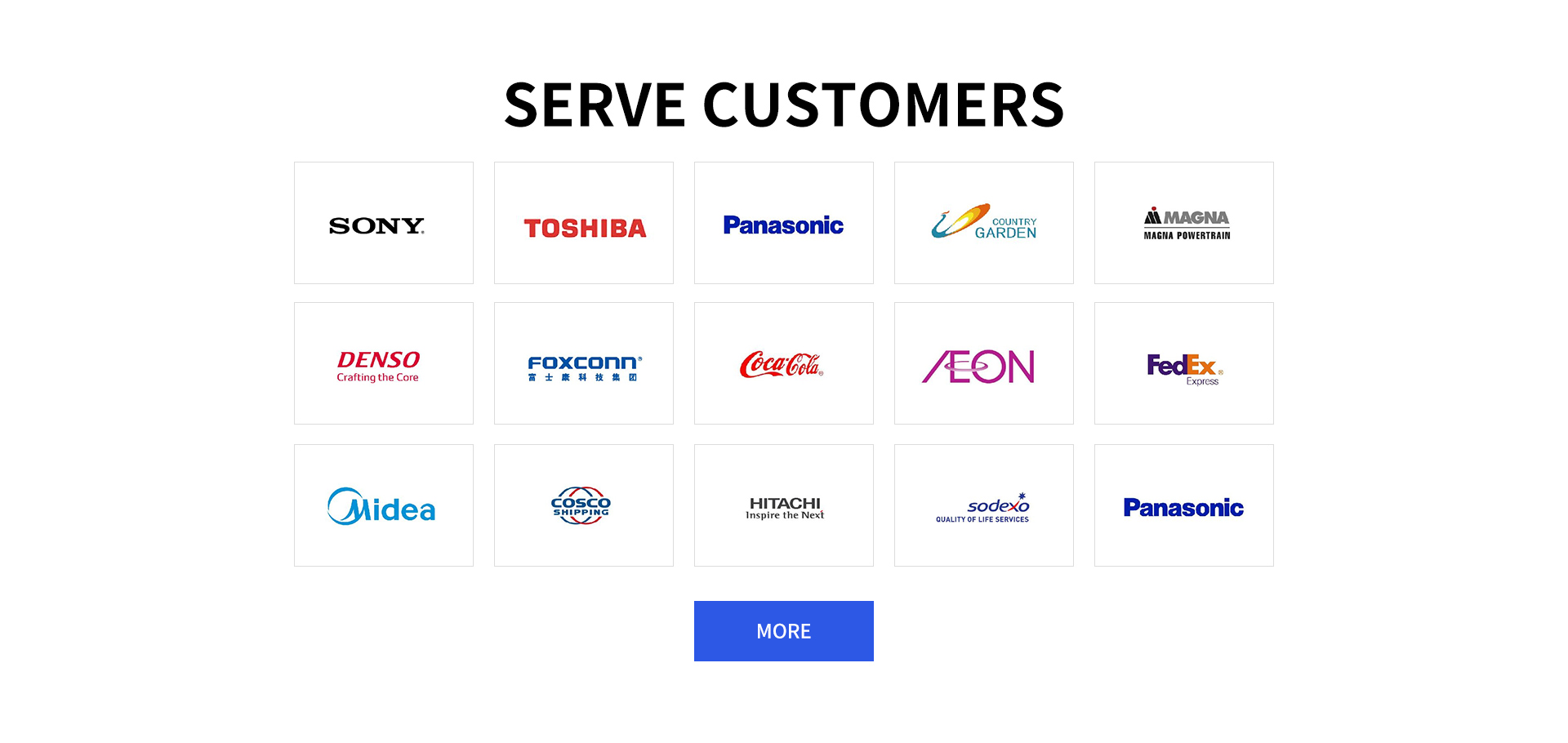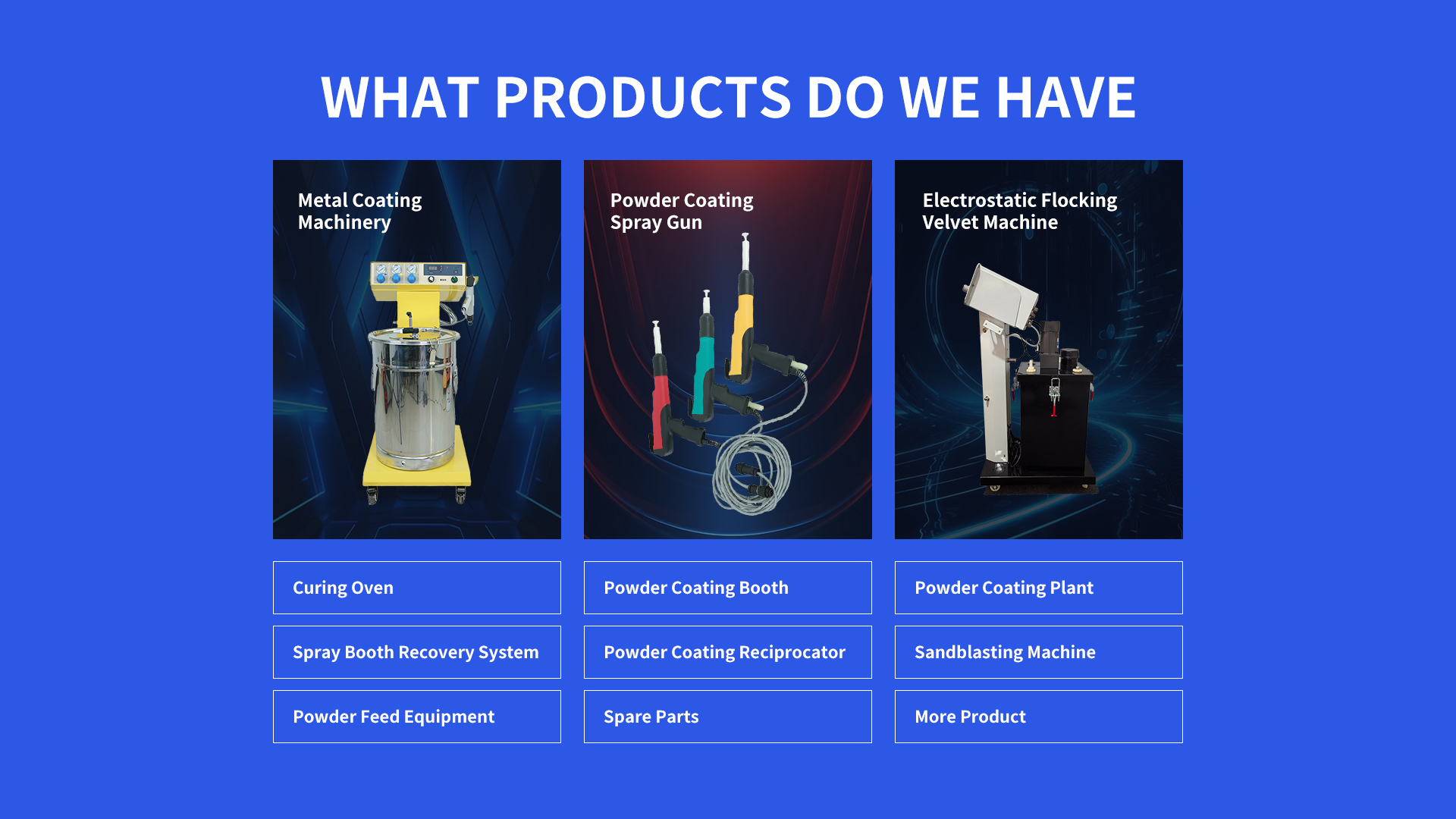Powder Flame Spray Gun: A Consumer's Essential Handbook
The Powder Flame Spray Gun is widely used in industrial repair, aerospace, and metallurgy. It meets demands for high - temperature coating applications. Prices vary from mid - range for small workshops to high - end for industrial - grade models, based on flame intensity and powder capacity.
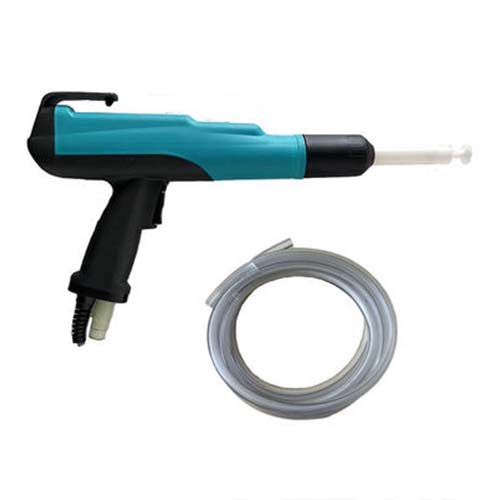
Powder Flame Spray Gun: Coating Project Applications
In industrial repair projects, the
Powder Flame Spray Gun applies wear - resistant coatings to machine shafts, gears, and molds, extending their service life. Aerospace projects use it to coat turbine blades and engine parts, enhancing heat resistance. Metallurgy projects rely on it for coating metal ingots and pipes, improving corrosion resistance and surface hardness.
Powder Flame Spray Gun: Coating Surface Treatment Process Technology
The
Powder Flame Spray Gun integrates advanced high - temperature coating technology. It uses an oxygen - fuel flame to melt powder particles, which are then propelled onto the surface to form a dense coating. The gun's flame control system ensures stable temperature output, allowing precise adjustment based on powder type. Its nozzle design minimizes heat loss, ensuring efficient melting and uniform particle deposition.
Powder Flame Spray Gun: What is it?
The
Powder Flame Spray Gun is a specialized tool that uses a high - temperature flame to melt powder materials and spray them onto surfaces. The molten powder adheres to the surface, forming a protective or functional coating after cooling. It is designed for applying coatings that require high hardness, heat resistance, or corrosion resistance, suitable for heavy - duty industrial applications.
Powder Flame Spray Gun: Components and Their Functions
Flame Generator: Produces the high - temperature flame using a mixture of fuel gas (such as propane or acetylene) and oxygen. It includes valves to control gas flow, allowing adjustment of flame temperature and intensity to match different powder melting points.
Powder Feeding System: Delivers powder to the flame zone. It features a hopper and a feed tube with adjustable speed, ensuring a steady supply of powder. The system is synchronized with the flame to ensure optimal melting of particles.
Spray Nozzle: Directs the flame and molten powder onto the target surface. It is made of heat - resistant materials to withstand high temperatures. The nozzle's shape controls the spray pattern, ensuring even coverage and proper coating thickness.
Powder Flame Spray Gun: Advantages
The Powder Flame Spray Gun can apply coatings with high hardness and adhesion, suitable for extreme working environments. It works with a wide range of powders, including ceramics, alloys, and carbides, offering versatility in coating properties. It enables on - site repair of large components without disassembly, reducing downtime. The coating process is efficient, allowing quick application of thick layers compared to other methods.
Powder Flame Spray Gun: FAQ
How to Choose the Right Powder Flame Spray Gun for Industrial Projects?
Consider the coating material: choose a Powder Flame Spray Gun with appropriate flame temperature for ceramic powders (higher temperature) or alloy powders (lower temperature). Evaluate project scale: small - scale repairs suit portable models, while large - scale production needs stationary guns with high powder capacity. Check gas compatibility—ensure the gun works with the available fuel gas (propane, acetylene, etc.) and has sufficient flame control range.
How to Use a Powder Flame Spray Gun Safely?
Wear heat - resistant gloves, a face shield, and flame - retardant clothing to protect against high temperatures and sparks. Ensure the workspace is well - ventilated to disperse combustion by - products. Check gas hoses for leaks before use—apply soapy water to connections and look for bubbles. Keep a fire extinguisher nearby and avoid working near flammable materials. Shut off gas supplies immediately if the flame goes out unexpectedly.
How to Maintain a Powder Flame Spray Gun for Reliable Performance?
After each use, shut off gas supplies and allow the gun to cool completely. Clean the nozzle and powder feed tube with a wire brush to remove residual powder and carbon deposits. Inspect the flame generator's valves for proper operation, lubricating them if they become stiff. Check hoses for cracks or wear and replace them if necessary. Store the gun in a dry, clean place, protecting it from dust and moisture.
How to Troubleshoot Poor Coating Adhesion with a Powder Flame Spray Gun?
First, check the surface preparation—ensure the surface is clean, dry, and roughened (via sandblasting) to improve adhesion. Adjust the flame temperature: insufficient heat may cause incomplete powder melting, while excessive heat can damage the surface. Verify the powder feed rate—too much powder may cool the flame, leading to poor melting. Ensure the spray distance is correct (typically 10–15 cm); too far reduces particle velocity, too close may overheat the surface.
How to Adjust a Powder Flame Spray Gun for Different Powder Types?
For ceramic powders (high melting point), increase the fuel gas flow to raise flame temperature and slow the powder feed rate to ensure complete melting. For alloy powders (lower melting point), reduce flame temperature and increase feed rate to prevent overheating and oxidation. Adjust the nozzle - to - surface distance: use a shorter distance for dense powders to ensure particle velocity, and a longer distance for light powders to avoid over - application. Test settings on a scrap piece before starting the project.
Statement: Hangzhou Huaxiang Coating Equipment Co., Ltd Chinese Powder Coating Equipment facturers provide you with customized equipment for various types of Powder Coating Lines, Powder Coating Ovens, Powder Coating Booths,Powder Coating Guns, etc. For inquiries! Contact us at
Email: gezx@cncolourspray.com
WhatsApp: +86 13335812068

